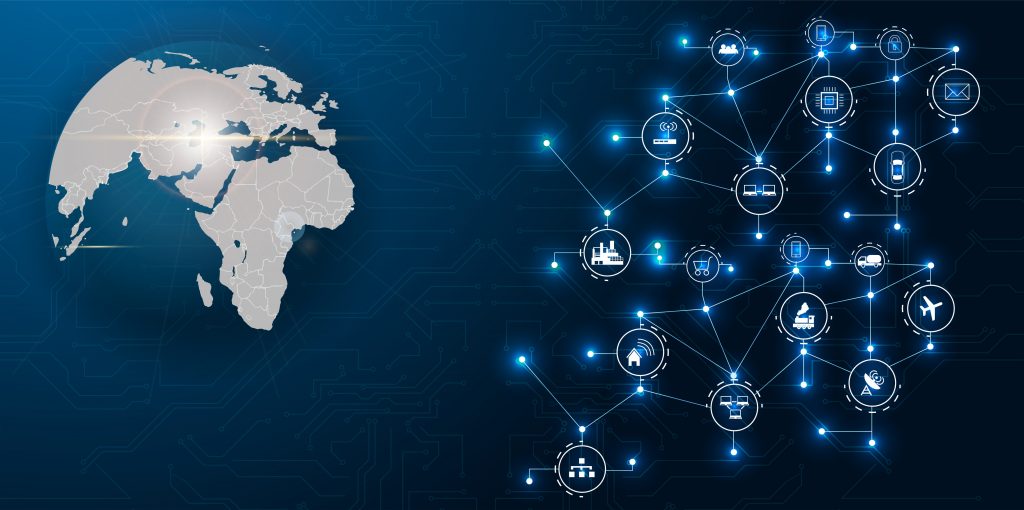
2020 was a crazy year—and that’s putting it lightly!
Driven by the new normal, businesses across the world faced an increasingly challenging environment in all industries. These challenges have affected many organisations’ procurement operations immensely and yours may have gotten caught in the crossfire.
In this article, we’ll discuss:
- The challenges procurement operators faced prior to the pandemic
- How the pandemic aggravated procurement managers’ pre-pandemic challenges, and
- How digital transformation can prove to be a handy tool for fixing your procurement challenges in the age of the new normal.
Challenges faced by procurement managers & controllers
1. Maverick spend
Maverick spend occurs when employees buy supplies outside existing contracts. Which, on the surface, seems benign enough. But digging deeper, maverick spend is a multi-billion-pound problem that bleeds businesses large and small alike of profits before they are even made.
For one, maverick spend is often more efficient from the purchasing employee’s perspective, but from the bigger picture, that efficiency is often purchased at a premium since employees buy from non-contracted sellers who don’t offer the volume discounts that can be achieved via existing vendor relationships.
Similarly, maverick spend hurts internal operations with supplies whose quality cannot be guaranteed.
2. Longer procurement cycles
The longer the procurement cycle, the less it helps you achieve, and at a greater cost.
Many organisations operate with manual procurement practices that may have worked great in the past, but when put up against new competitors, flops on the account of speed and efficiency. Documents are manually transferred via email, approval forms are filled by hand, and goods take ages to get to the eventual users. Changing operational standards now may end up a bit costly and disruptive.
So, everything is left as it has always been and procurement operations get progressively slower and slower.
3. Inaccurate data
Matching 5 sets of purchase orders, goods receipts, and invoices for three-way matching can be quite easy. What about when you’re matching 20? 100? 500, a week?
Manual procurement operations are a good way to get started. But past that initial start, they quickly drag everything to a screeching halt. Figures are missed here and there and once your procurement is built on faulty data, it’s easy for a lot of things to go wrong. A little bit at a time, until one day you realise you’re bleeding 5 – 10% of your revenue to billing fraud.
And that’s if you ever discover it.
Whenever an organisation depends primarily on manual operations to run procurement tasks, there are only so many forms you can fill out before you start missing figures.
4. Supplier management concerns
Your suppliers will either make or break you since they control the quality of supplies you have access to and in many cases, switching to alternatives could be quite a hassle. Prior to the new normal, you had to do your due diligence while sourcing for suppliers and enforcing performance management throughout the duration of the customer-vendor relationship.
Procurement tasks include keeping an eye on suppliers and their operations to ensure you’re safe from billing fraud and reducing the risk your organisation is exposed to.
How the pandemic aggravated managers’ procurement challenges
With the advent of the new normal, procurement operations are facing 4 increasingly complex challenges.
- Supply chain disruptions and rising prices – With businesses shutting down to stay compliant with lockdown orders, millions of organisations realised they had a huge problem. Hundreds, if not thousands of their suppliers had to suspend operations and in many cases, they didn’t have adequate alternatives planned for. Naturally, prices went up. So, now, you have to run about to secure alternatives to replace the gaps in your supply chain, while trying to figure a way to make your budget go that extra mile in front of you.
- Be ready for change – When materials are few and prices are rising, it’s more difficult to get a claim on the few supplies available if you’re still using obsolete, inefficient techniques. Businesses now will require solutions much more quickly than a traditional RFI and RFP process can provide. There will also be a need for more flexibility and the ability to make judgments fast, with limited information. All of this implies that the traditional procurement paradigm of long-term contracts with carefully selected vendors will have to change.
- The trouble with remote working – Procurement staff are increasingly working remotely. Procurement leaders will have to discover new ways to retain the high performance of their businesses now that the old office-based modes of working are gone. Two additional obstacles arose as a result of this. For starters, there’s talent management and development. Two, in a virtual environment, how to create relationships with stakeholders in your organisation and understand their demands.
- Conversations around cost reduction – We are all aware of and accept the fact that many firms will need to make further expense cuts as they strive to rebuild their balance sheets. In certain instances, COVID-19 has aided in identifying cost-cutting opportunities. Procurement officials must be included in cost-cutting discussions from the beginning. Serving as an adviser and assisting senior leadership in shaping the process will go a long way. Businesses that effectively manage costs might reap significant benefits.
How digital transformation can help overcome procurement challenges
Digital transformation holds the key to overcoming procurement challenges, by leveraging the power of tech to get work done faster.
Here are four ways digital transformation can help your organisation be more competitive in the age of the new normal.
- Better supplier relationship – Proactive supply-chain monitoring is made easier with digital procurement. It’s easier to assess risk relating to the supplier’s profile, KPIs, financial uncertainty, and legal exposure now that there’s more visibility. It enables procurement officers to plan for the future.
- Improved efficiency – With digital transformation, we could easily automate time-consuming operations. This enables the overall process to be more efficient at a reduced cost. Procurement professionals can now be more productive and concentrate on tasks that require immediate attention.
- Reduced costs – Thanks to real-time spend visibility, maverick spend is significantly reduced. Advanced analytics gives actionable insights that help you make better decisions. Furthermore, demand forecasting allows for effective control of demand changes as well as opportunities for increased profits.
- Stay connected – For a better user experience, digital procurement provides a simple and consumerised app environment. Users from across the globe can stay connected through the app and conversations are easier to come by. With improved communications and timely notifications, it’s easier staying on the same page with stakeholders vs. trying to make sense of endless email threads.
Digital transformation is pivotal to agile procurement operations and is a must-have for any organisation looking to recover post-COVID and build a more resilient business.
About the Author:

Mohammed Kafil is a certified procurement consultant who has been coaching companies to establish resilient digital procurement operating models for over a decade now. With Kissflow Procurement Cloud, a flexible procurement software that streamlines end-to-end procure-to-pay, and also eventually the vendor management process, Kafil helps medium and large enterprises with their digital transformation projects. In the recent past, he has also worked with Fortune 500 companies to implement platforms like Coupa, Ariba, Ivalua, and BuyerQuest.
